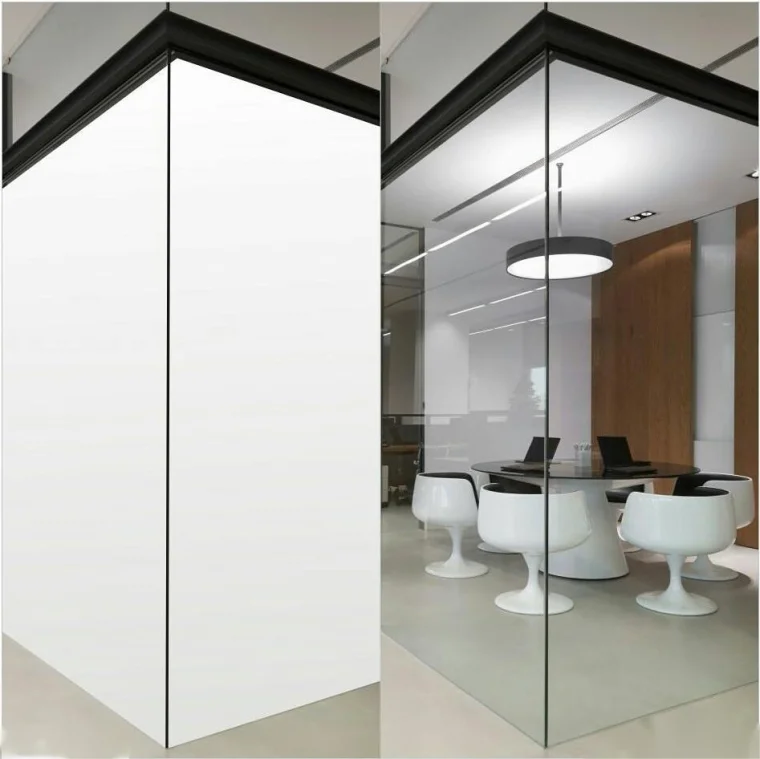Exploring the Feasibility of Installing a Metal Roof Without Furring Strips: A Comprehensive Guide
When considering a metal roofing installation, homeowners and contractors alike often grapple with the question: Can you install a metal roof without furring strips? This inquiry is not merely a matter of preference; it involves understanding the structural integrity, insulation properties, and overall longevity of the roofing system. In this article, we will delve into the intricacies of metal roofing installation, examining the role of furring strips, the potential implications of omitting them, and best practices for achieving a durable and efficient roof.
Understanding Furring Strips
Furring strips are thin strips of wood or metal that are installed perpendicular to the roof rafters or trusses. Their primary purpose is to create a level surface for attaching roofing materials, provide ventilation, and facilitate drainage. In the context of metal roofing, furring strips can help prevent direct contact between the metal panels and the underlying structure, which can mitigate issues related to condensation and thermal expansion.
The Case for Installing Without Furring Strips
While furring strips are commonly recommended, there are scenarios where installing a metal roof without them may be feasible. Here are some considerations:
- Direct Installation on Solid Decking: If the existing roof structure consists of solid decking (e.g., plywood or OSB) that is in good condition, it may be possible to install metal roofing directly onto this surface. This method can save time and reduce material costs, but it requires careful attention to ensure that the decking is level and free of defects.
- Ventilation Considerations: One of the primary functions of furring strips is to promote ventilation. If the roof design incorporates adequate ventilation systems, such as ridge vents or soffit vents, the need for furring strips may be diminished. However, it is crucial to ensure that the ventilation is sufficient to prevent moisture buildup, which can lead to mold and structural damage.
- Type of Metal Roofing: Certain types of metal roofing, such as standing seam panels, are designed to be installed directly onto solid decking without furring strips. These systems often include built-in thermal breaks and drainage features that can effectively manage moisture and temperature fluctuations.
Potential Risks of Omitting Furring Strips
While there are scenarios where installing a metal roof without furring strips may be viable, it is essential to weigh the potential risks:
- Condensation Issues: Without furring strips, the metal panels may come into direct contact with the decking, increasing the likelihood of condensation forming on the underside of the metal. This moisture can lead to wood rot, mold growth, and ultimately compromise the integrity of the roof structure.
- Thermal Expansion: Metal roofing materials expand and contract with temperature changes. Furring strips provide a buffer that allows for this movement without causing damage to the roofing system. Omitting them may result in buckling or warping of the metal panels over time.
- Warranty Concerns: Many metal roofing manufacturers specify the use of furring strips in their installation guidelines. Failing to follow these recommendations could void warranties, leaving homeowners vulnerable to costly repairs in the future.
Best Practices for Metal Roof Installation
If you decide to proceed with a metal roof installation without furring strips, consider the following best practices to mitigate potential issues:
- Ensure Proper Decking Condition: Before installation, thoroughly inspect the decking for any signs of damage or decay. Replace any compromised sections to provide a solid foundation for the metal roofing.
- Utilize Quality Underlayment: A high-quality underlayment can provide an additional layer of protection against moisture infiltration. Look for breathable options that allow for vapor escape while preventing water intrusion.
- Incorporate Adequate Ventilation: Ensure that your roofing system includes sufficient ventilation to manage moisture and temperature effectively. This may involve installing ridge vents, gable vents, or other ventilation solutions.
- Follow Manufacturer Guidelines: Always adhere to the installation guidelines provided by the metal roofing manufacturer. This will help ensure that your roof performs as intended and maintains its warranty.
Conclusion
In conclusion, while it is possible to install a metal roof without furring strips under certain conditions, it is not without its risks. Homeowners and contractors must carefully evaluate the specific circumstances of their roofing project, considering factors such as decking condition, ventilation, and the type of metal roofing being used. By following best practices and adhering to manufacturer guidelines, you can achieve a successful metal roofing installation that stands the test of time, regardless of whether furring strips are included in the process.
